A man cannot dress, but his ideas get cloath'd at the same time
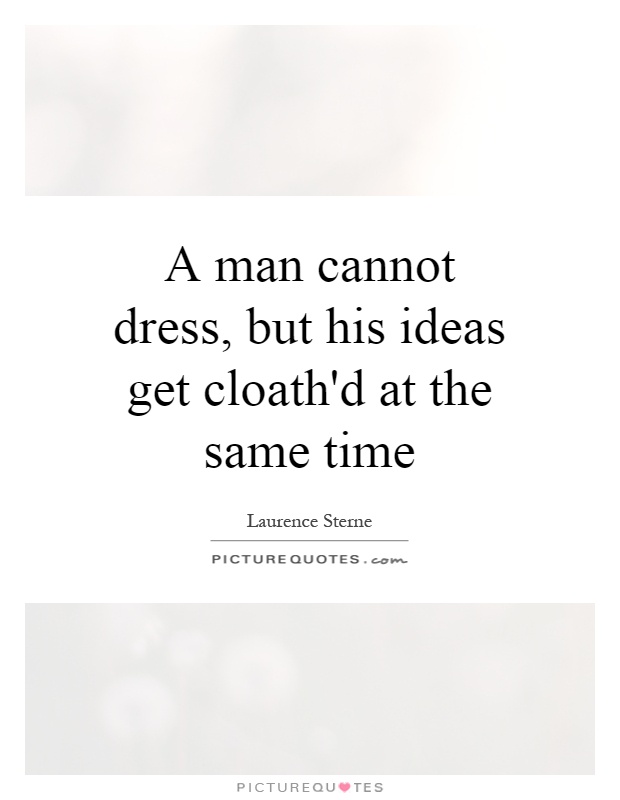
A man cannot dress, but his ideas get cloath'd at the same time
The quote "A man cannot dress, but his ideas get cloath'd at the same time" is a profound statement that reflects the interconnectedness of a person's outward appearance and their inner thoughts and beliefs. This idea is particularly relevant in the context of the works of Laurence Sterne, a renowned English novelist and clergyman known for his satirical and experimental writing style.Sterne's most famous work, "The Life and Opinions of Tristram Shandy, Gentleman," is a prime example of how a man's ideas can be reflected in his clothing, both literally and metaphorically. The novel is a complex and unconventional narrative that explores the life and thoughts of its protagonist, Tristram Shandy, through a series of digressions, interruptions, and humorous anecdotes. In this way, Sterne uses the structure and style of the novel to clothe Tristram's ideas and personality, revealing his innermost thoughts and beliefs through the way the story is told.
Furthermore, Sterne's characters often use clothing as a means of expressing their identities and beliefs. In "Tristram Shandy," for example, the character of Uncle Toby is known for his distinctive military uniform, which reflects his past as a soldier and his commitment to honor and duty. Similarly, the character of Tristram himself is often described in relation to his clothing, such as his famous black cap, which becomes a symbol of his eccentricity and individuality.
Beyond the literal interpretation of the quote, Sterne's works also explore the idea that a person's outward appearance can shape their ideas and beliefs. In "A Sentimental Journey Through France and Italy," Sterne's protagonist, Yorick, embarks on a journey that exposes him to new experiences and perspectives, ultimately leading to a transformation in his thoughts and attitudes. This journey is reflected in Yorick's changing wardrobe, as he discards his traditional clergyman's attire in favor of more casual and unconventional clothing, symbolizing his newfound openness and willingness to embrace new ideas.
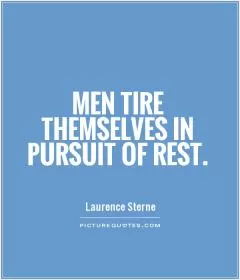
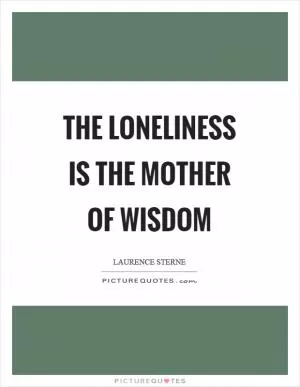
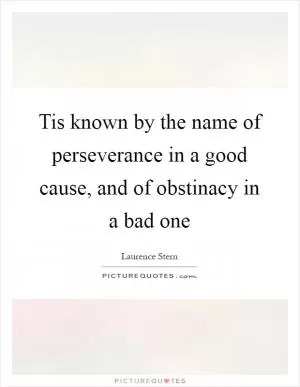
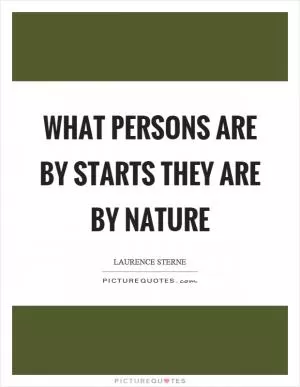


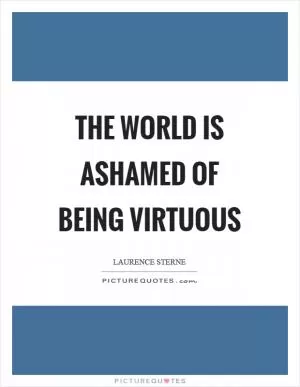
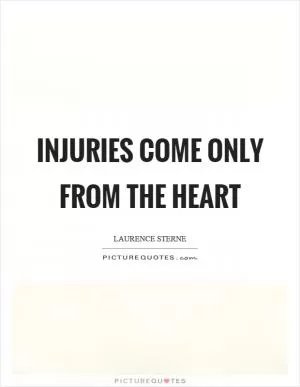
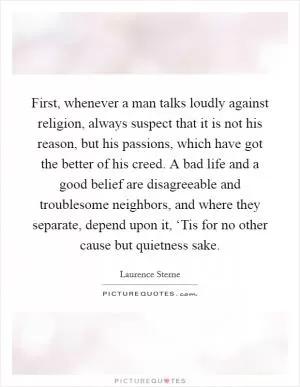
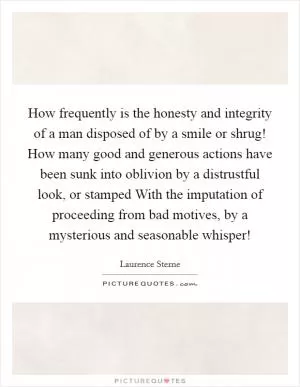
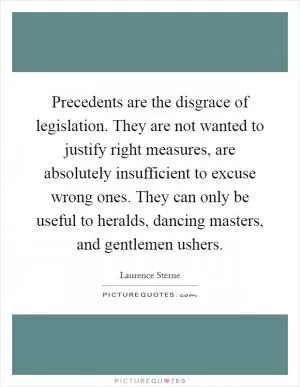
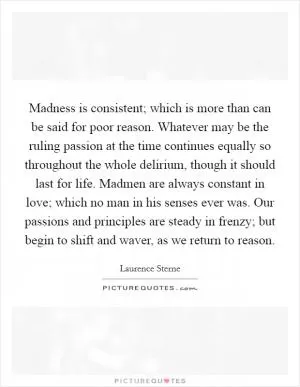
 Friendship Quotes
Friendship Quotes Love Quotes
Love Quotes Life Quotes
Life Quotes Funny Quotes
Funny Quotes Motivational Quotes
Motivational Quotes Inspirational Quotes
Inspirational Quotes